Scientifically known as Hippopotamus amphibius, the name Hippopotamus comes from the Greek word for “river horse,” and the animal has been around since ancient times. Hippopotamuses are frequently observed sunbathing on the banks of rivers, lakes, and swamps near grasslands, or napping in the water. They are safe from most predators because to their large size and aquatic habits, save humans, who have long coveted their skin, flesh, and ivory and have disliked them for destroying crops. Hippopotamuses (or “hippos”) formerly roamed the whole continent and beyond, but today exist mostly in eastern, central, and southern Africa.
In the heart of Africa’s waterways, a magnificent creature reigns supreme. The Hippopotamus (Hippopotamus amphibius) is an iconic and awe-inspiring resident of rivers, lakes, and swamps.
Hippopotamus: Species Profile
COMMON NAME: Hippopotamus
SWAHILI NAME: Kiboko
SCIENTIFIC NAME: Hippopotamus amphibius
TYPE: Mammal
FOOD: Hippos are herbivores and primarily feed on grass. They are known to consume large quantities of vegetation, grazing on land during the night. They can also venture into the water to feed on aquatic plants.
HABITAT: Hippos are semi-aquatic animals found in sub-Saharan Africa. They inhabit rivers, lakes, and swamps, preferring areas with shallow water and nearby grassy plains. They spend a significant amount of time submerged in water to keep their bodies cool and protected from the sun.
SIZE: Hippos are one of the largest land mammals. Adult males can reach lengths of up to 5 meters (16 feet) and stand around 1.5 meters (5 feet) tall at the shoulder. They can weigh anywhere between 1,500 and 3,200 kilograms (3,300 to 7,000 pounds), with males being larger than females.
AVERAGE LIFE SPAN IN THE NATURAL HABITAT: In the wild, hippos have an average lifespan of around 40 to 50 years. However, their life expectancy can be influenced by factors such as predation, habitat conditions, and human activities.
ACTIVE: Hippos are predominantly nocturnal animals, meaning they are most active during the night. They spend the daylight hours resting in or near water to keep their bodies cool. They are excellent swimmers and can move swiftly through the water despite their large size.
GESTATION PERIOD: The gestation period of a hippo lasts approximately 8 months. After this period, a single calf is born either on land or in shallow water. The mother protects and nurses her calf until it is strong enough to join the herd.
WEIGHT: Adult hippos can weigh between 1,500 and 3,200 kilograms (3,300 to 7,000 pounds), with males generally being larger and heavier than females. Their weight allows them to thrive in water and gives them their unique appearance.
SIZE COMPARISON TO A 6-FT MAN: Hippos are much larger and heavier than a 6-ft man. Standing at around 1.5 meters (5 feet) tall at the shoulder and weighing several thousand pounds, they are incredibly massive creatures. Their sheer size and formidable presence make them one of Africa’s most iconic and fascinating animals.
Impressive Physical Traits:
The hippopotamus, or hippo for short, is a large semi-aquatic mammal native to sub-Saharan Africa. It is known for its distinctive appearance, characterized by a bulky body, short legs, and a barrel-shaped torso. Here are some key features of the hippopotamus’ appearance:
- Size: Hippos are among the largest land mammals, with males reaching an average length of about 13 feet (4 meters) and a height of around 5 feet (1.5 meters) at the shoulder. They can weigh up to 3,300 pounds (1,500 kilograms), making them extremely heavy animals.
- Body Shape: The body of a hippo is well adapted for its semi-aquatic lifestyle. It has a large, broad head with a wide mouth, a short neck, and a thick-skinned body that tapers towards the hindquarters. The back is relatively flat, while the belly is rounded.
- Skin: The hippo’s skin is nearly hairless and is covered with a layer of thick, tough, and virtually hairless skin that can range in color from grayish-brown to purplish-gray. This skin secretes a red, oily substance that acts as a natural sunscreen and moisturizer, protecting the hippo from the sun and keeping its skin hydrated.
- Mouth and Teeth: One of the most striking features of a hippo is its large mouth, which can open wide to reveal formidable ivory tusks and massive incisor and canine teeth. These teeth can grow up to 20 inches (51 centimeters) in length and are used for defense and territorial displays rather than for feeding.
- Eyes, Ears, and Nostrils: Hippopotamuses have small eyes, positioned high on the head, which allows them to see and breathe while most of their body is submerged in water. Their ears and nostrils are also located on the top of the head, enabling them to hear and breathe while keeping most of their body submerged.
- Legs and Feet: Despite their large size, hippos have relatively short legs with four webbed toes on each foot. These adaptations help them to navigate through water bodies with ease and provide stability on land.
Overall, the hippopotamus has a unique and distinctive appearance that reflects its adaptation to a semi-aquatic habitat. Its robust body, barrel-shaped torso, massive mouth, and thick skin make it a truly remarkable and recognizable animal in the African wildlife.
A. Massive Size and Weight:
The Hippopotamus holds the title for being the third-largest land mammal, after elephants and rhinoceroses. Adult males, known as bulls, can weigh up to 3,500 kilograms (7,700 pounds), while females, called cows, typically weigh around 1,500 to 2,500 kilograms (3,300 to 5,500 pounds). They have a barrel-shaped body supported by short, stocky legs, allowing them to navigate through water and move with surprising agility on land.
B. Formidable Physical Features:
One of the most recognizable features of the Hippopotamus is its massive mouth, armed with formidable ivory tusks and sharp incisors. These tusks can reach lengths of up to 51 centimeters (20 inches) and serve as weapons during territorial disputes and dominance displays. Additionally, their thick, hairless skin is prone to drying out, leading to their habit of wallowing in water to keep cool and moisturized.
Habitat and Distribution:
A. Aquatic Dwellers:
Hippopotamuses are semi-aquatic creatures, preferring to spend the majority of their time in water bodies such as rivers, lakes, and swamps. These habitats provide them with the necessary conditions to regulate their body temperature, protect their sensitive skin from the sun, and escape from potential predators.
B. African Presence:
The Hippopotamus is primarily found in sub-Saharan Africa, with the highest concentrations occurring in East Africa. They can be observed in countries such as Kenya, Tanzania, Uganda, Zambia, and Botswana, where suitable aquatic habitats are available.
Remarkable Adaptations:
A. Aquatic Mastery:
The Hippopotamus is uniquely adapted to its semi-aquatic lifestyle. Its large, webbed feet enable efficient movement through water, while its dense bones and muscular frame contribute to buoyancy and agility. Their eyes, ears, and nostrils are positioned high on their heads, allowing them to stay partially submerged while keeping an eye out for potential threats.
B. Herbivorous Diet:
Despite their massive size, Hippopotamuses are herbivores, primarily feeding on aquatic plants and grasses. With their broad lips and powerful jaws, they can consume large quantities of vegetation each night, grazing on land or foraging beneath the water’s surface. Their digestive system efficiently breaks down tough plant material, extracting vital nutrients.
Social Behavior:
Hippopotamuses, often referred to as hippos, are fascinating creatures known for their distinct behaviors. Here are some key aspects of hippopotamus behavior:
- Semi-Aquatic Lifestyle: Hippos are semi-aquatic animals, spending a significant amount of time in water to keep their large bodies cool and moisturized. They are most commonly found in rivers, lakes, and swamps, where they can submerge themselves and resurface to breathe.
- Territorial Nature: Hippos are highly territorial and establish territories in water bodies, defending them fiercely against intruders, including other hippos. They mark their territory by defecating and urinating, which releases a distinctive scent and warns others of their presence.
- Group Structure: Hippos live in social groups called pods or bloats, typically consisting of several females and their offspring, led by a dominant male. The dominant male defends the group’s territory and mates with the females during the breeding season.
- Vocalizations: Hippos communicate with various vocalizations, including grunts, roars, honks, and bellows. These vocalizations serve to establish dominance, maintain social bonds, and warn others of potential threats.
- Nocturnal Behavior: Hippos are primarily nocturnal, meaning they are most active during the night. They spend the daytime hours resting in or near water to avoid the heat of the sun. As the sun sets, they venture out to graze on grass and other vegetation.
- Grazing and Feeding: Despite their large size, hippos are herbivores and primarily feed on grass and aquatic plants. They can consume vast amounts of vegetation, and their diet is supplemented with fruits and fallen fruits found near water sources.
- Aggressive Displays: Hippos are known for their aggressive nature and can display threatening behaviors when they feel threatened or provoked. They may open their mouths wide, exposing their large teeth, make loud vocalizations, lunge forward, or even engage in physical confrontations.
- Parental Care: Female hippos are attentive mothers and provide care to their young calves. The mother nurses her calf underwater and ensures its safety within the social group. Calves stay close to their mothers for several years until they become independent.
- Submerging and Swimming: Hippos are excellent swimmers and can move gracefully through the water using their powerful legs and webbed feet. They can hold their breath for several minutes and are known to sleep underwater, surfacing periodically to breathe.
Understanding the behavior of hippos adds to our appreciation of these magnificent creatures. Their territorial nature, group dynamics, vocalizations, nocturnal habits, feeding patterns, and unique adaptations to their semi-aquatic lifestyle all contribute to their fascinating behavior in the wild.
Conservation Status:
A. Vulnerable to Threats:
Despite their size and strength, Hippopotamuses face several conservation challenges. Habitat loss, due to human encroachment and the conversion of wetlands, poses a significant threat to their survival. Additionally, they are targeted by poachers for their ivory teeth and are susceptible to diseases such as anthrax and foot-and-mouth disease.
Conservation Efforts:
Conservation organizations and government agencies are working diligently to protect Hippopotamus populations and their habitats. Efforts include the establishment of protected areas, community-based conservation initiatives, and raising awareness about the importance of these magnificent creatures.
Hippopotamus amphibius
The Hippopotamus amphibius, with its impressive size, aquatic adaptations, and fascinating social dynamics, holds a prominent place in the African landscape. Understanding and appreciating the unique qualities of this magnificent creature is essential for its conservation and the preservation of Africa’s diverse ecosystems. By supporting conservation initiatives and promoting responsible tourism, we can ensure a bright future for the Hippopotamus and the remarkable natural heritage it represents.
Hippopotamus Adaptations
Hippopotamuses, or hippos, have evolved several remarkable adaptations that enable them to thrive in their aquatic and semi-aquatic habitats. These adaptations include:
- Large Size and Shape: Hippos are the third-largest land mammals, with adult males weighing up to 1,500 kilograms (3,300 pounds). Their large, barrel-shaped bodies are designed for buoyancy in water and provide stability on land.
- Thick Skin: The skin of hippos is incredibly thick, reaching a thickness of around 6 centimeters (2.4 inches). It acts as a protective barrier against the sun, heat, and potential injuries from fights or encounters with predators.
- Sweat as Sunscreen: To combat the scorching African sun, hippos secrete a red, oily substance known as “blood sweat.” This secretion acts as a natural sunscreen, protecting their skin from harmful UV radiation and preventing dehydration.
- Nocturnal Activity: Hippos are primarily nocturnal, meaning they are most active during the night. This adaptation helps them avoid the heat of the day and reduces their risk of dehydration. They spend the daytime resting in water or mud to keep cool.
- Webbed Feet: Hippos have webbed toes on their feet, which aid in efficient movement both in water and on land. The webbing allows them to navigate through water with ease and provides better traction on muddy surfaces.
- Specialized Teeth: Hippos possess large, tusk-like canine teeth known as incisors and powerful molars. Their incisors are used for combat and defense, while their molars are adapted for grinding tough plant material, such as grass and vegetation.
- Bouyancy in Water: Hippos have adaptations that allow them to float and move effortlessly in water. Their dense bones, thick skin, and internal air-filled chambers help them maintain buoyancy and maneuverability while swimming.
- Valves in Ears and Nostrils: Hippos have specialized valves in their ears and nostrils that close tightly to prevent water from entering. These adaptations allow them to stay submerged for extended periods without the risk of water entering their sensitive respiratory and auditory systems.
- Barrel-shaped Stomach: The digestive system of hippos is adapted to their herbivorous diet. They have a large, barrel-shaped stomach with multiple compartments that facilitate efficient fermentation and digestion of plant material.
- Agility in Water: Despite their large size, hippos are surprisingly agile in water. They can move quickly, maneuver swiftly, and even swim against strong currents when necessary.
These adaptations have allowed hippos to thrive in their aquatic and semi-aquatic environments, providing them with the necessary tools to survive and thrive in their natural habitats. By understanding these adaptations, we gain a deeper appreciation for the unique characteristics and survival strategies of these magnificent creatures.
Best Places to See Hippos in Tanzania
Here is a list of notable hippo pools in Tanzania where you can have the opportunity to see hippos:
- Lake Manyara Hippo Pool: Located in Lake Manyara National Park, this hippo pool is one of the most popular spots to observe hippos in Tanzania. Situated near the park entrance, it offers a close-up view of these magnificent creatures as they submerge themselves in the water or bask on the shores.
- Hippo Pool, Serengeti National Park: In the Seronera region of Serengeti National Park, there is a hippo pool where a large number of hippos congregate. It provides a picturesque setting, and you can witness hippos engaging in their social interactions, including territorial disputes and playful behaviors.
- Gruneti River Hippo Pool: Located in the Grumeti Game Reserve, adjacent to Serengeti National Park, this hippo pool is situated along the Grumeti River. It is a prime spot for observing hippos and crocodiles together, as they share the river ecosystem. The best time to visit is during the dry season when the river becomes a focal point for wildlife.
- Katavi Hippo Pool: Found in Katavi National Park, this hippo pool is renowned for its concentration of hippos. Situated along the Katuma River, it attracts large numbers of hippos during the dry season when water sources become limited. Watching the hippos interact and vocalize in this pool is a remarkable sight.
- Hippo Pool, Ruaha National Park: Ruaha National Park is home to several hippo pools, and one of the prominent ones is located along the Great Ruaha River. These pools provide a fantastic opportunity to witness hippos in their natural habitat and observe their behaviors, especially during the dry season when they congregate in larger numbers.
- Hippo Pool, Selous Game Reserve: Situated within the vast Selous Game Reserve, the hippo pools here offer an immersive experience with these semi-aquatic creatures. Exploring the Rufiji River and its tributaries provides a chance to see hippos in their element and witness their interactions with other wildlife.
These are just a few examples of hippo pools in Tanzania, and there may be other locations within the national parks and reserves where hippos can be observed. It’s important to note that the presence and activity of hippos in these pools can vary depending on the season and water availability. To maximize your chances of seeing hippos, it is recommended to seek the guidance of experienced safari guides who can navigate you to the best viewing areas and ensure your safety during the encounters.
Hippopotamus Safari Tips
Here are some safari tips specifically for observing hippopotamuses (hippos) in their natural habitat:
- Choose the Right Safari Destination: Tanzania is known for its abundant wildlife, including hippos. Opt for national parks and reserves that are home to hippo populations, such as Serengeti National Park, Ruaha National Park, Selous Game Reserve, and Katavi National Park.
- Timing and Season: Hippos are most active during the cooler hours of the day, typically early morning and late afternoon. Plan your safari drives accordingly to increase your chances of sighting hippos. Additionally, the dry season, usually from June to October, is a great time to spot them as they gather in larger numbers around water sources.
- Water Sources and Riverbanks: Hippos spend a significant amount of time in or near water bodies, such as rivers, lakes, and pools. Pay attention to these areas during your safari as they are prime hippo habitats. Look for signs like splashing water, grunting sounds, or their characteristic “yawning” behavior.
- Expert Safari Guides: Engage the services of experienced safari guides who are knowledgeable about the behavior and habitats of hippos. They can provide valuable insights, ensure your safety, and help you spot hippos in the wild. Their expertise can greatly enhance your overall safari experience.
- Keep a Safe Distance: Hippos may appear docile, but they can be highly territorial and aggressive, especially when they feel threatened. Respect their space and always maintain a safe distance. It is advisable to stay in the safari vehicle and avoid approaching hippos on foot or in small boats.
- Binoculars and Camera Equipment: Hippos can sometimes be seen from a distance, especially if they are in the water. Carry a pair of binoculars to get a closer look at their behavior and distinguishing features. If you enjoy photography, bring appropriate camera equipment with a zoom lens to capture memorable shots.
- Observe and Respect Wildlife: While observing hippos, remember to be a responsible wildlife enthusiast. Avoid disturbing their natural behavior by keeping noise levels low and following the guidance of your safari guide. Respect the environment and leave no trace of your visit.
- Patience and Perseverance: Wildlife sightings, including hippos, are never guaranteed in the wild. Be patient and maintain a positive attitude during your safari. Enjoy the entire experience of being in nature, as every moment can bring unique encounters and surprises.
By following these safari tips, you can enhance your chances of having a memorable and safe hippopotamus safari experience in Tanzania. Enjoy observing these magnificent creatures in their natural habitat while appreciating the beauty and diversity of Tanzania’s wildlife.
Hippo Frequently Asked Questions
Here are some frequently asked questions (FAQs) about hippos:
- Q: Where do hippos live?
A: Hippos are native to sub-Saharan Africa and can be found in various countries such as Tanzania, Kenya, Uganda, Zambia, and Botswana. They inhabit rivers, lakes, and swamps, preferring shallow areas with abundant vegetation. - Q: What do hippos eat?
A: Hippos are herbivores and primarily feed on grass. They come out of the water at night to graze on land, consuming large quantities of vegetation to sustain their massive bodies. Despite their size, hippos are efficient grazers and can consume up to 80 pounds (36 kilograms) of grass per night. - Q: Are hippos dangerous?
A: Yes, hippos are considered one of the most dangerous animals in Africa. They are responsible for more human deaths on the continent than any other large animal. Hippos can be aggressive and territorial, especially if they feel threatened or if their young are at risk. It’s important to maintain a safe distance and avoid getting between hippos and their water source or blocking their escape routes. - Q: Can hippos swim?
A: Yes, hippos are excellent swimmers. They are well-adapted to life in the water, with webbed toes, a streamlined body, and dense bones that help them stay buoyant. Hippos can hold their breath for several minutes and can walk or run along the riverbed, even in relatively deep water. - Q: How fast can hippos run?
A: Despite their large size, hippos can run surprisingly fast, reaching speeds of up to 20 miles per hour (32 kilometers per hour) in short bursts. They are agile on land and can quickly maneuver to defend their territory or escape from danger. - Q: Do hippos have any natural predators?
A: While hippos don’t have many natural predators, they can occasionally fall victim to crocodiles, lions, or large Nile monitor lizards. Young hippos may also be vulnerable to attacks by hyenas and large birds of prey. - Q: How long can hippos stay submerged in water?
A: Hippos can typically stay submerged for around 3 to 6 minutes before resurfacing to breathe. They have a specialized nostril and ear structure that allows them to keep their ears, eyes, and nostrils above the water while the rest of their body is submerged. - Q: Are hippos endangered?
A: Hippos are currently listed as “Vulnerable” by the International Union for Conservation of Nature (IUCN). While their population is relatively stable in some areas, they face threats such as habitat loss, poaching for their ivory canine teeth, and conflicts with humans. Conservation efforts are crucial to protect hippos and their habitats.
Remember, when observing hippos in the wild, it’s important to do so from a safe distance and with the guidance of experienced guides or park rangers. Respecting their space and behavior ensures both your safety and the well-being of these magnificent animals.

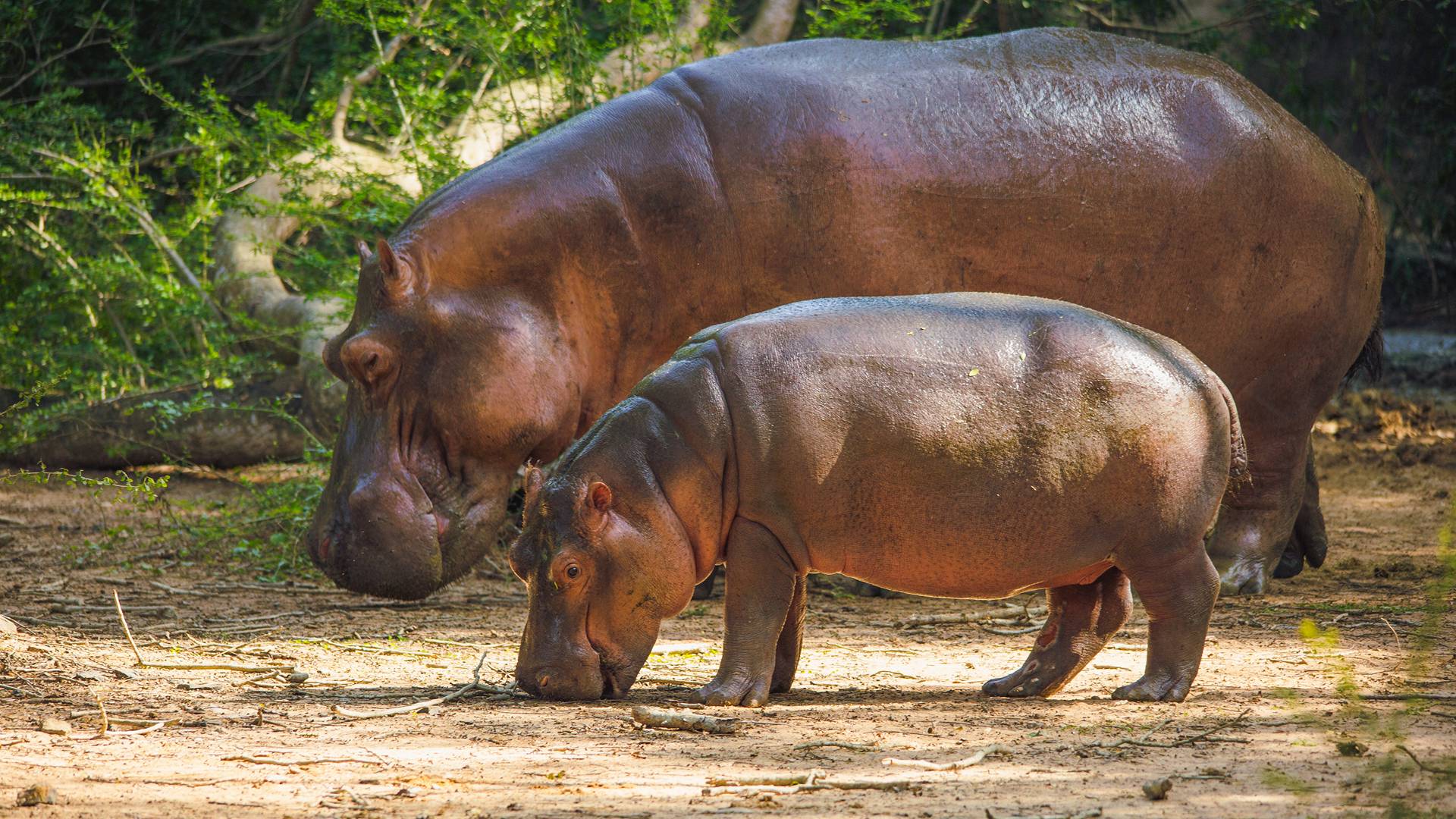
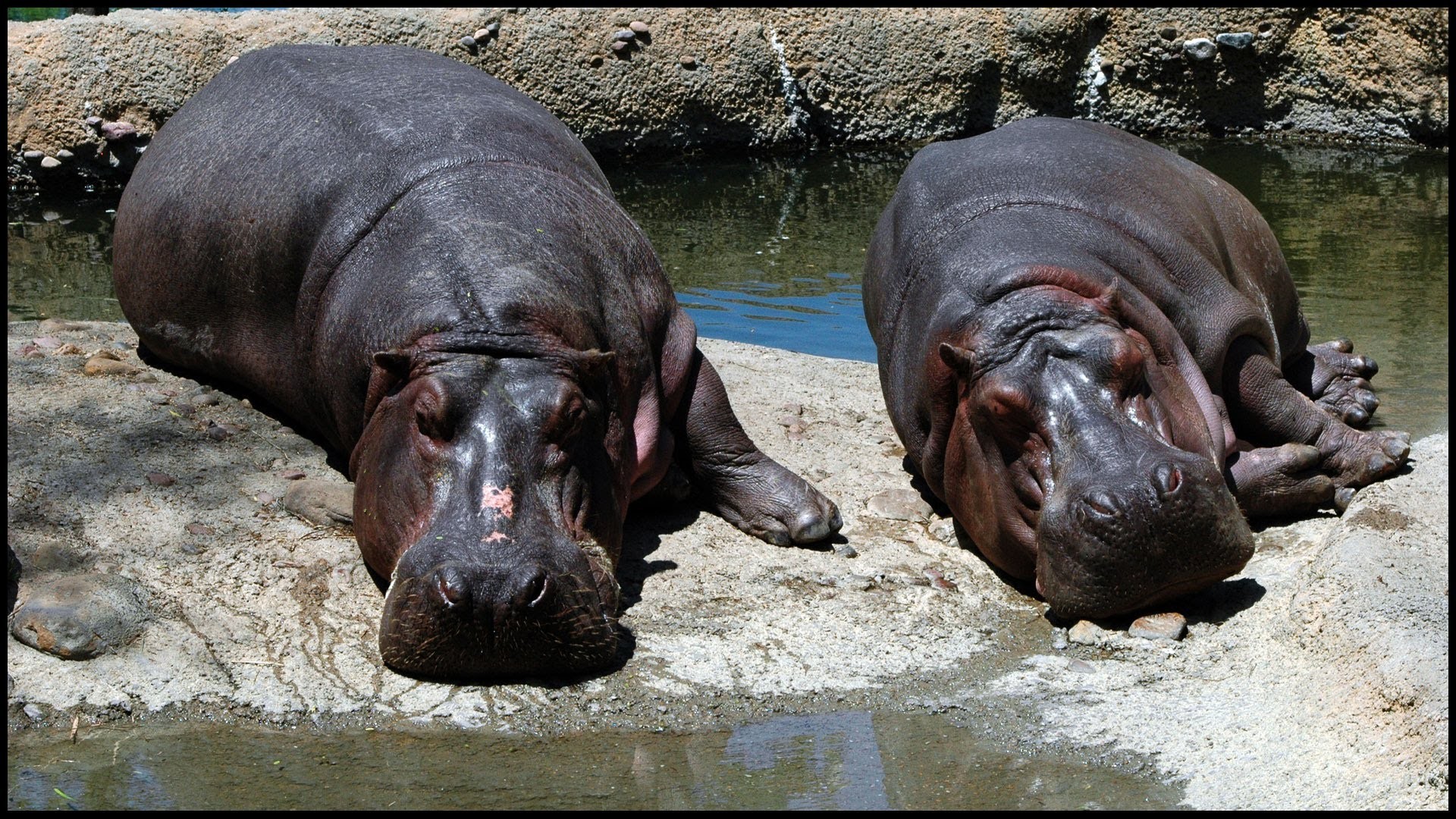
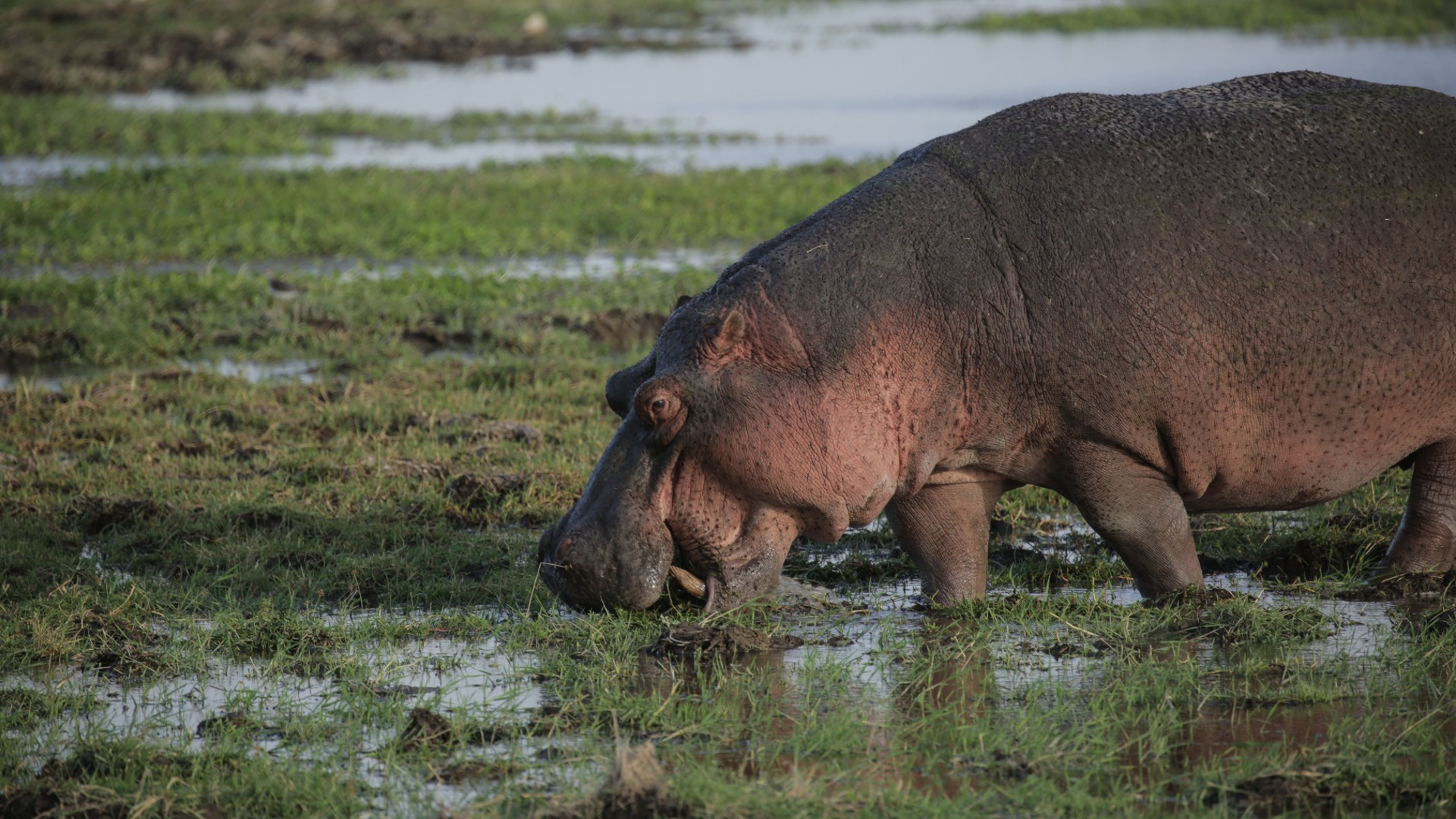
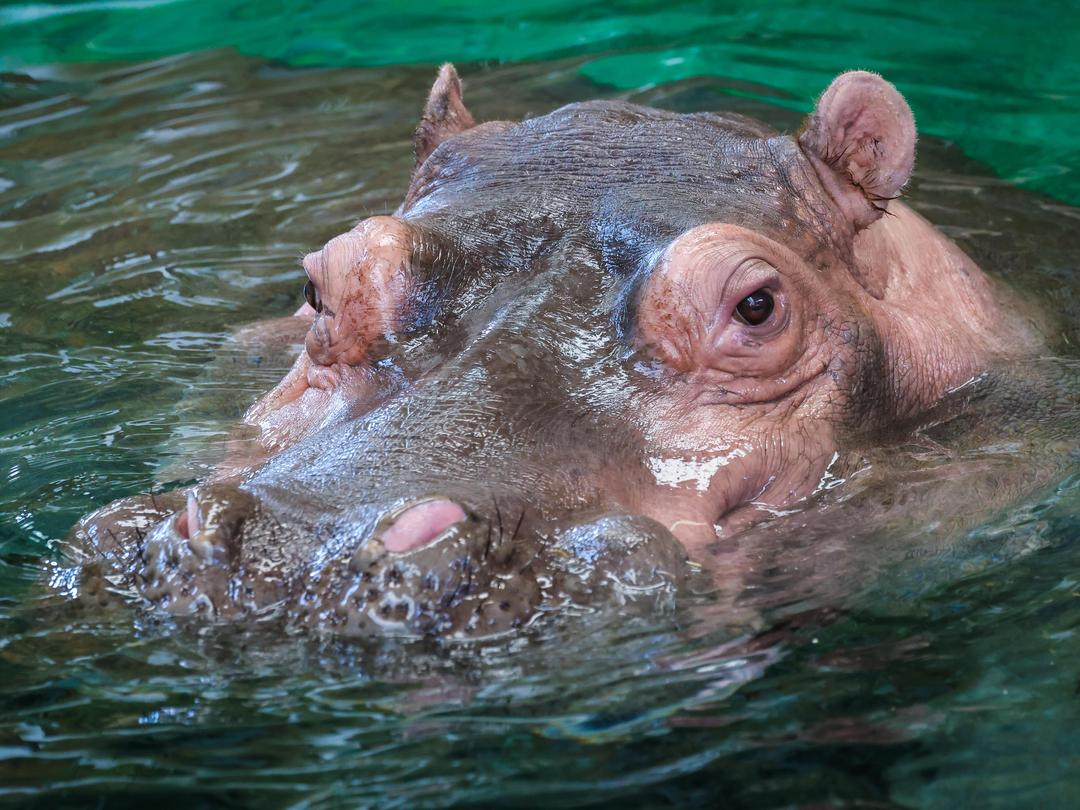
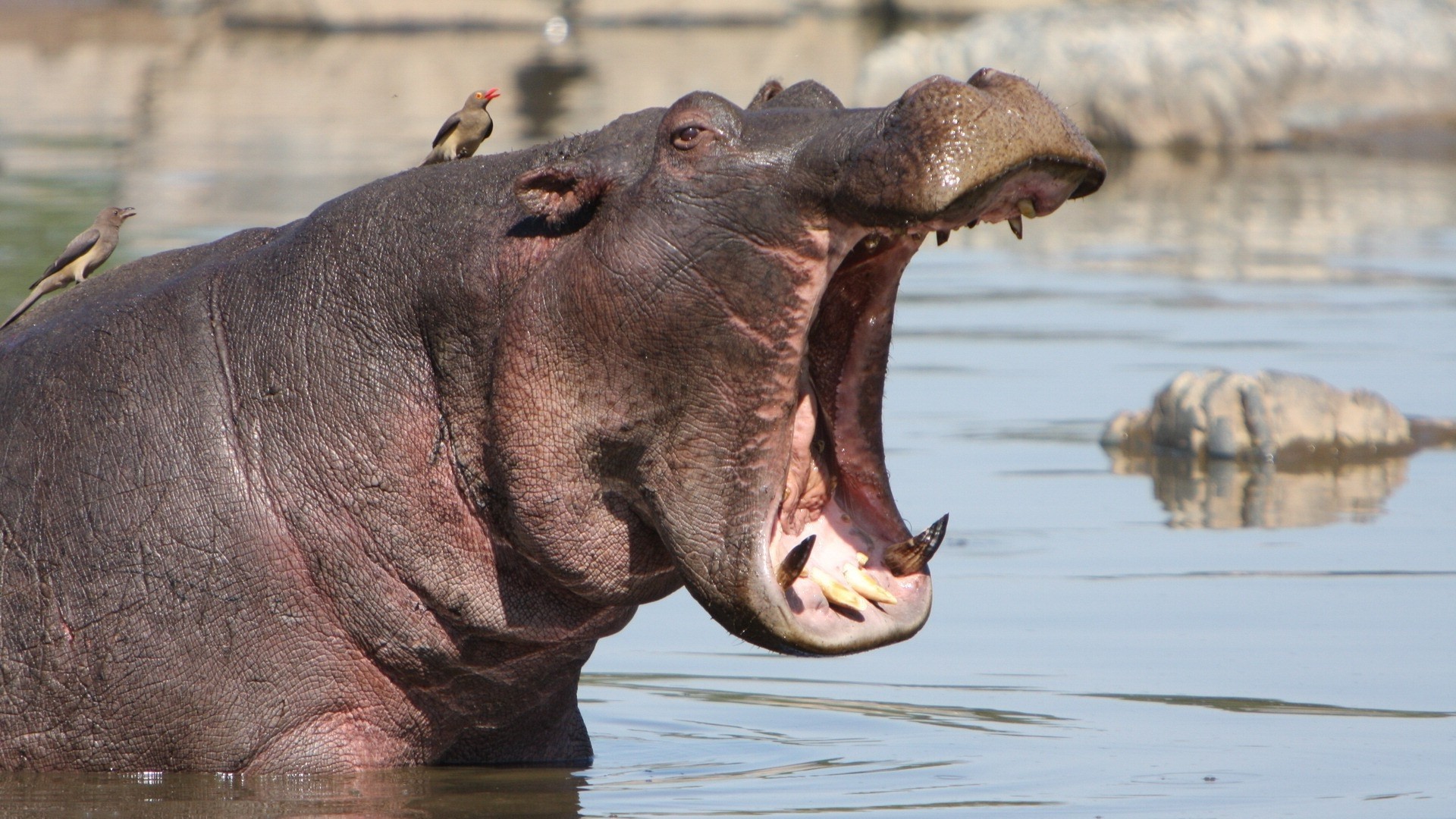
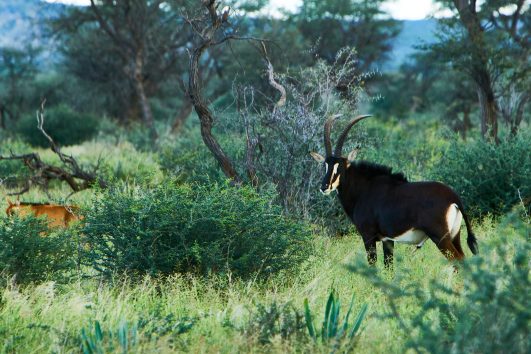


Tour Reviews
There are no reviews yet.
Leave a Review